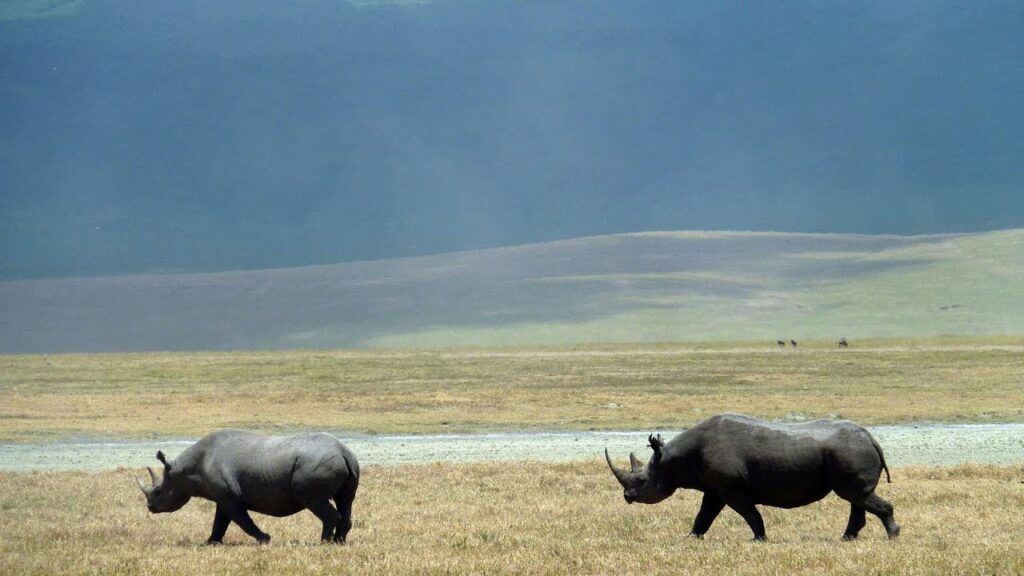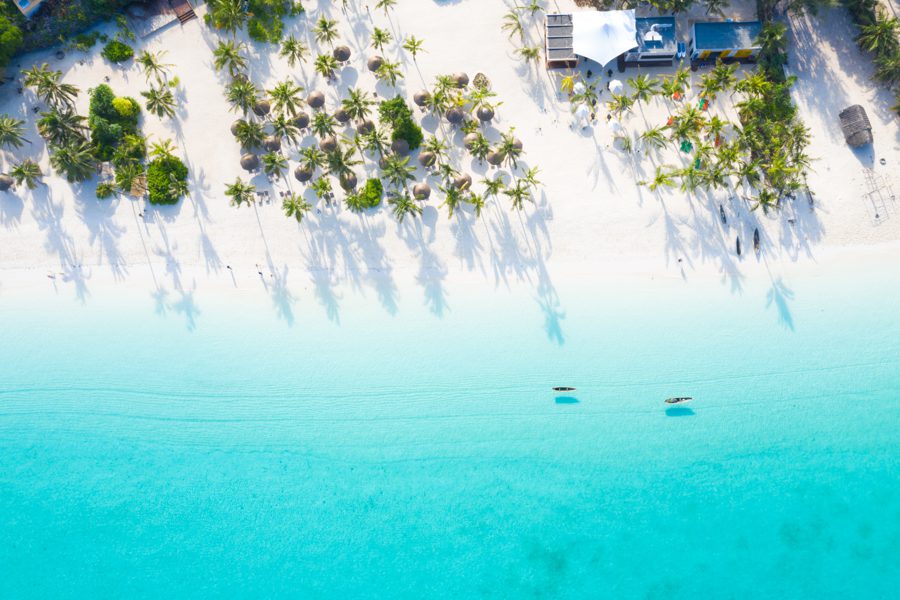- The top parks – Serengeti, Ngorongoro Crater, Lake Manyara, and Tarangire deliver superb year-round game viewing, but visitor numbers peak from about June to October.
- Mount Kilimanjaro: the best weather conditions in which to climb are between July and October or January to March.
- For a tropical beach holiday, the best time to visit Tanzania’s coast, Zanzibar, and other islands are between June to March.
- Traveling during the long rains (April to May), you could have a week of sunshine or a week of rain – but you’ll get low season rates.
- During the green season (January to March and November to December) – least crowded, lots of baby animals around, and a fantastic time for bird watching
- During peak season (June to October) – cool and dry weather and good photography conditions
- +49 15151931276
- +255 768 384 633
- info@lekuleafricansafaris.com
- Arusha - Tanzania
Menu



